What is AI Anchor mostly know as AI generated news anchor is an artificial intelligence-powered virtual news presenter that can read scripts, mimic human expressions, and deliver information like a real anchor.
Using AI-driven text-to-speech and computer vision, AI Anchors are being adopted by newsrooms, schools, and businesses worldwide.
If you’ve ever scrolled through your feed and paused at a video of a news presenter, only to realize later that it wasn’t a human at all, you’ve probably seen an AI Anchor.
For many viewers, that moment feels surreal, a mix of amazement and curiosity. Some even feel a little uneasy, asking, “If an anchor can be replaced by AI, what does that mean for the future of media?”
The truth is, AI Anchors that is AI news reader are here, and they’re becoming more popular every day. These digital news presenters are powered by artificial intelligence models that can generate speech, lip-sync words to facial movements, and replicate emotions like smiling or pausing at just the right time.
In simple words, an AI Anchor is like a digital twin of a real presenter — except it doesn’t need sleep, a salary, or even a studio.
What Is AI Anchor in Simple Words?
At its core, an AI Anchor is a computer-generated character designed to look and sound like a human newsreader.
Using advanced text-to-speech technology, deep learning, and facial animation models, it reads news scripts or announcements in a natural-sounding voice while appearing on screen like a real person.
Some AI Anchors are created to look photorealistic, while others appear slightly animated. Either way, their job is the same: to deliver information convincingly.
Watching one in action can feel eerie at first because they blink, smile, and move their lips like a real presenter. But behind the digital face, everything is powered by software.
In simple words, think of it as a virtual news presenter that never makes mistakes, doesn’t get tired, and can be customized in multiple languages.
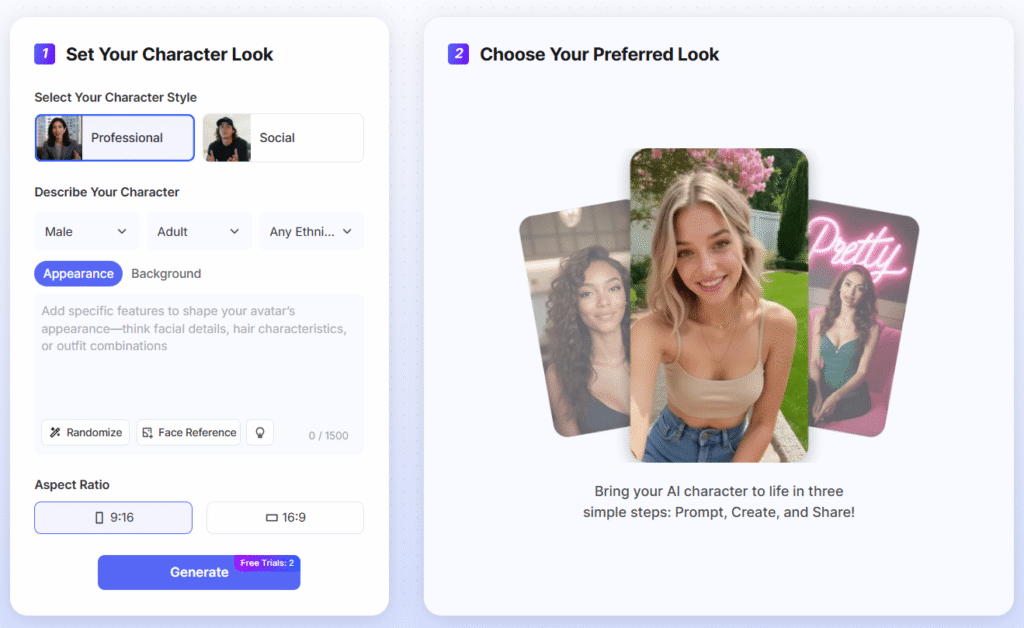
How Does an AI Anchor Work?
An AI Anchor is the product of multiple AI technologies working together:
- Text-to-Speech (TTS): Converts written scripts into lifelike audio. Modern TTS models replicate human tone, pitch, and pacing so the voice sounds natural.
- Computer Vision & Animation: Facial movements, lip-syncing, and expressions are generated using AI models trained on human behavior. This makes the anchor look like it’s actually speaking the words.
- Deep Learning Models: These models are trained on thousands of hours of real human anchors, learning their speaking styles, gestures, and even how they pause for effect.
- Custom Avatars: Some companies allow media houses to design anchors with unique appearances, voices, and personalities.
In practice, the process looks simple: type a script into the AI system, choose the anchor’s look and voice, and within minutes, you get a video of a virtual anchor delivering the news.
Where Are AI Anchors Being Used?
AI Anchors are not just experiments, they’re already making their way into different industries.
- News Broadcasting: The most obvious use is in TV or online newsrooms. Countries like China and India have already showcased AI Anchors delivering daily news bulletins.
- Education: Virtual teachers and trainers powered by AI Anchors are being used for online courses, saving costs while reaching large audiences.
- Corporate Training: Companies use AI Anchors for explainer videos, onboarding tutorials, and announcements.
- Entertainment & Social Media: AI Anchors appear in livestreams, influencer-style videos, and even as hosts for online events.
- Marketing: Brands create AI Anchors to serve as spokespeople in promotional videos.
For some, this is exciting, a sign of progress. For others, it feels unsettling, almost like a science fiction movie coming alive.
Why Are AI Anchors Trending?
There are several reasons AI Anchors are becoming so popular:
- Cost Savings: Media companies don’t need to pay salaries, hire make-up teams, or build expensive sets for every broadcast.
- 24/7 Availability: An AI Anchor doesn’t need rest. It can deliver news updates at any hour.
- Multilingual Reach: AI Anchors can speak dozens of languages fluently, making it easy to target global audiences.
- Novelty Factor: Let’s face it — people are fascinated by them. Social media buzz and curiosity are helping drive adoption.
AI Anchors are particularly trending in countries like India and China, where broadcasters are experimenting with technology to expand their reach while cutting costs.
Read more How To Use PlayHT AI Voice
Pros and Cons of AI Anchors
Like every innovation, AI Anchors come with both benefits and drawbacks.
Pros:
- They’re always available and never make mistakes in delivery.
- They can present in multiple languages.
- They reduce production costs significantly.
- They bring novelty and attract attention.
Cons:
- They lack genuine emotion and human warmth.
- Audiences may find them “uncanny” or unsettling.
- Ethical concerns about replacing human jobs.
- Dependence on technology may reduce human oversight in newsrooms.
An AI can smile, but it doesn’t feel joy. That’s one of the biggest differences viewers notice when comparing them to human presenters.
For example, China’s state-run news agency Xinhua introduced its first AI Anchor back in 2018, capable of delivering news bulletins in both Mandarin and English. In India, regional news channels have also begun experimenting with AI Anchors to broadcast in multiple local languages without hiring additional presenters.
Even companies outside traditional media are joining in, educational startups are creating AI Anchors to act as virtual teachers, while brands are designing custom digital hosts to represent them in explainer videos and marketing campaigns.
Will AI Anchors Replace Humans?
This is the big question, and the answer is nuanced. While AI Anchors can deliver routine updates, human anchors bring personality, trust, and relatability that machines can’t fully replicate.
It’s likely that AI Anchors will complement, rather than completely replace, humans. For repetitive tasks like reading weather updates or financial summaries, they may become the norm. But for big events, interviews, or emotionally charged stories, audiences will still prefer real humans.
So, what is AI Anchor in simple words? It’s a virtual newsreader powered by artificial intelligence, capable of delivering information just like a human anchor.
They’re trending because they’re cost-effective, multilingual, and always available, but they also raise questions about authenticity and the future of human jobs.
Watching an AI Anchor feels like watching the future unfold. It’s both exciting and a little strange, a reminder that technology is moving faster than most of us expected. Whether we embrace them or question them, AI Anchors are likely here to stay.
FAQs on What is AI Anchor
Q1. What is AI Anchor in simple words?
An AI Anchor is a virtual news presenter powered by artificial intelligence that looks and sounds like a human anchor.
Q2. Are AI Anchors real or fake?
They look real, but they are computer-generated using text-to-speech and animation models.
Q3. Where are AI Anchors used?
They are used in newsrooms, education, corporate training, and social media videos.
Q4. Will AI Anchors replace humans?
Not fully, while they can deliver repetitive updates, human anchors still bring emotion, trust, and relatability.


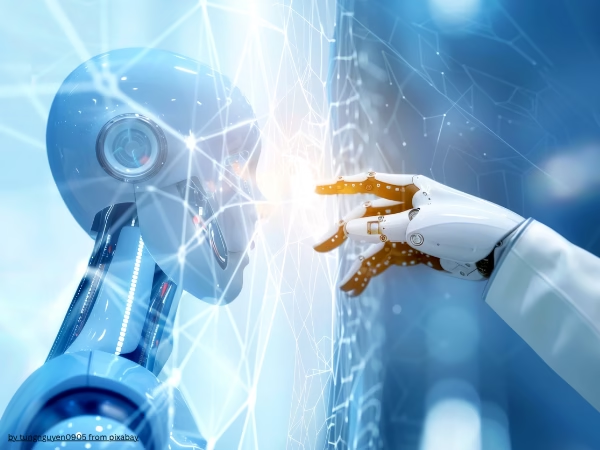

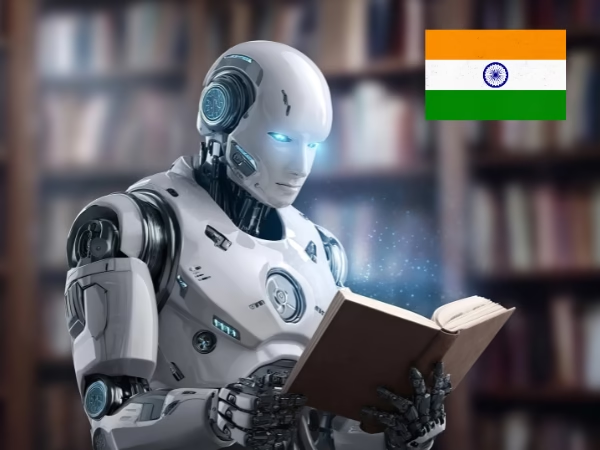
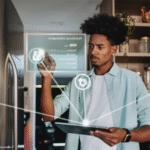


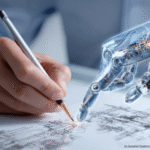
[…] Read More What is AI Anchor? Explained in Simple Words […]